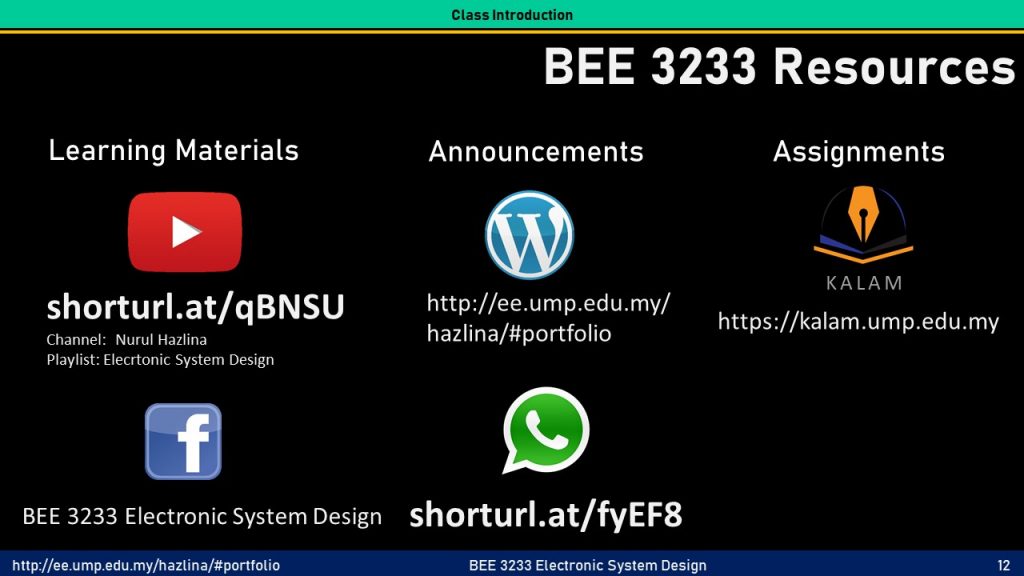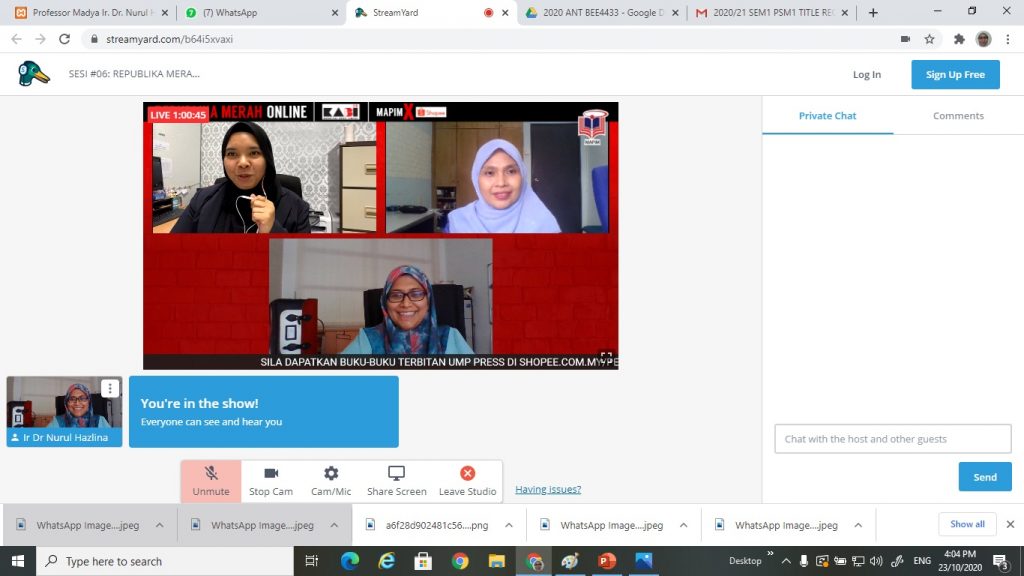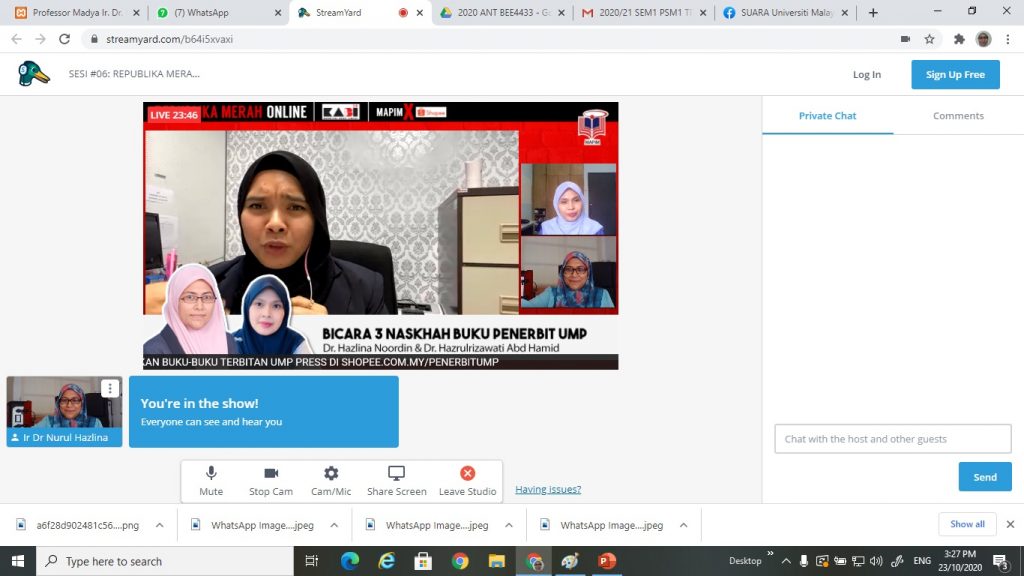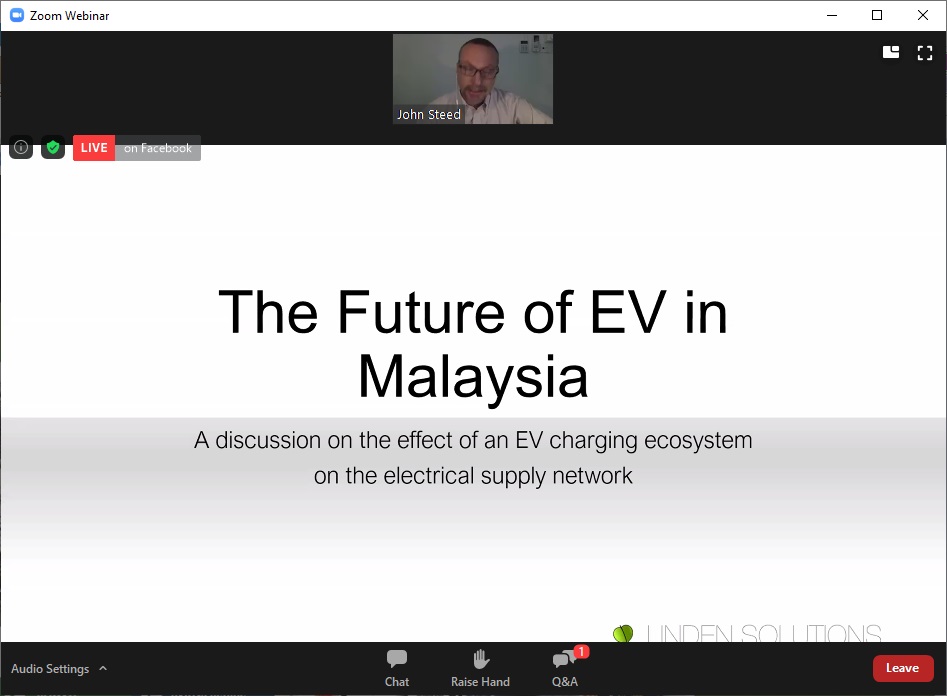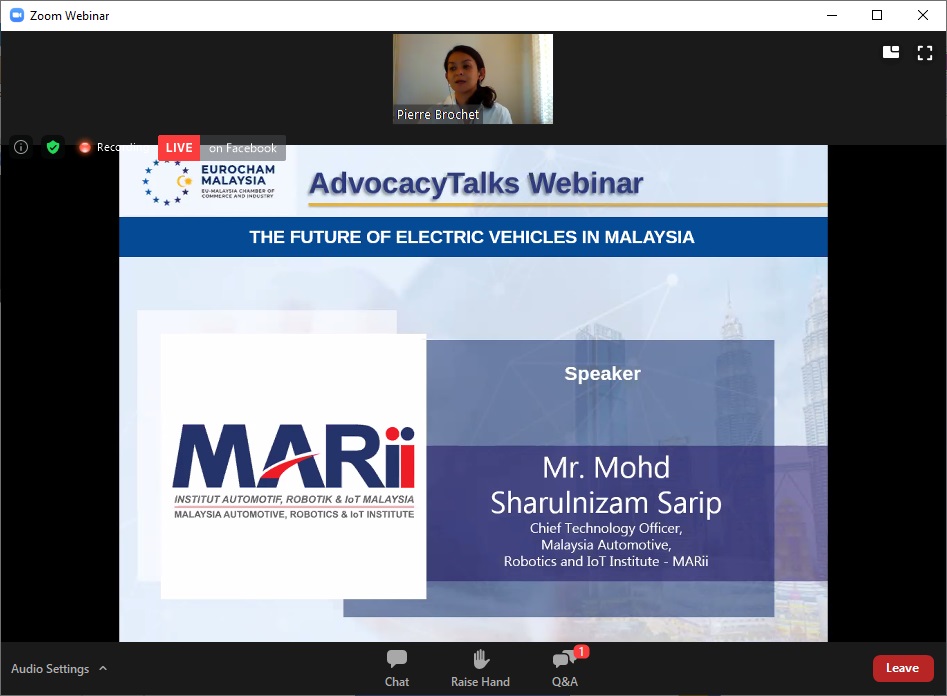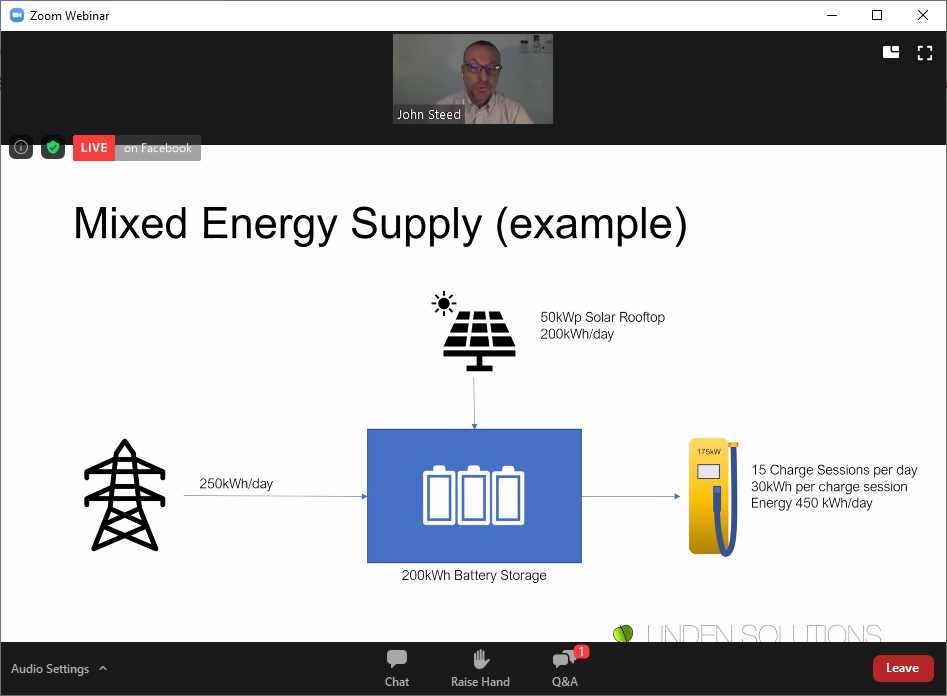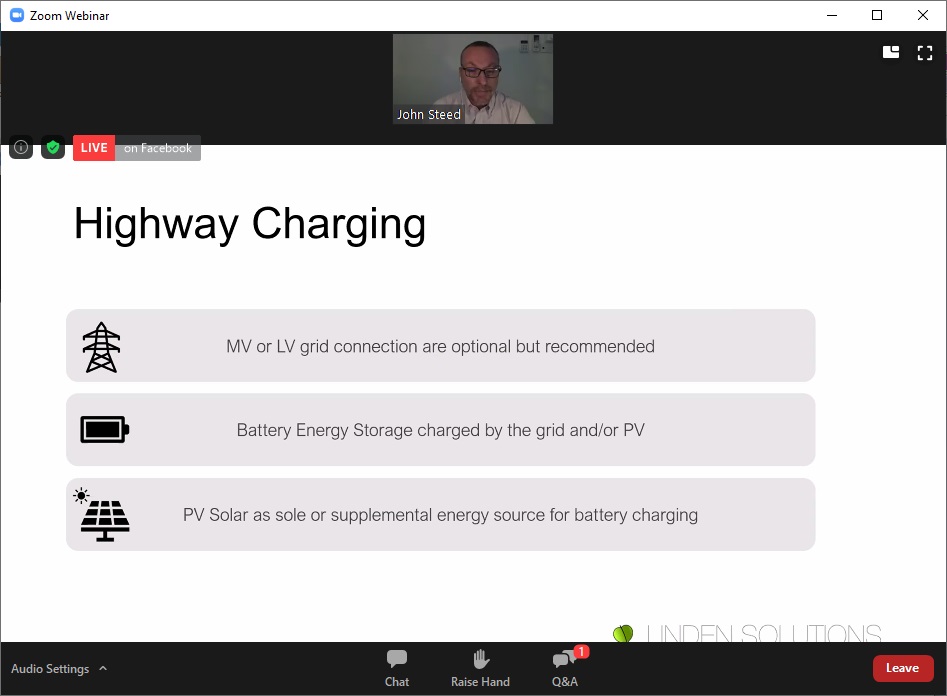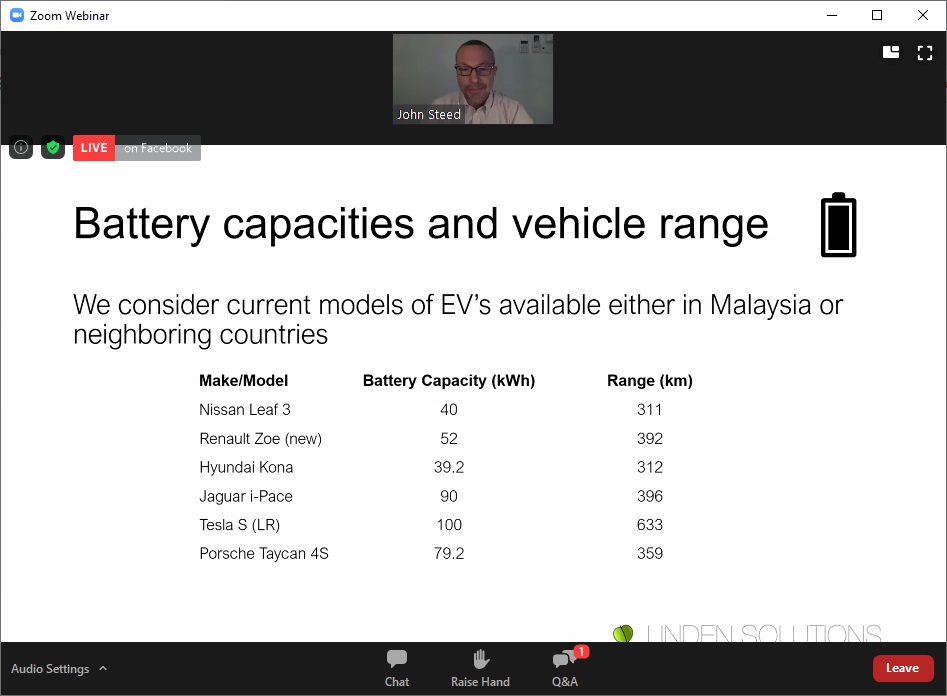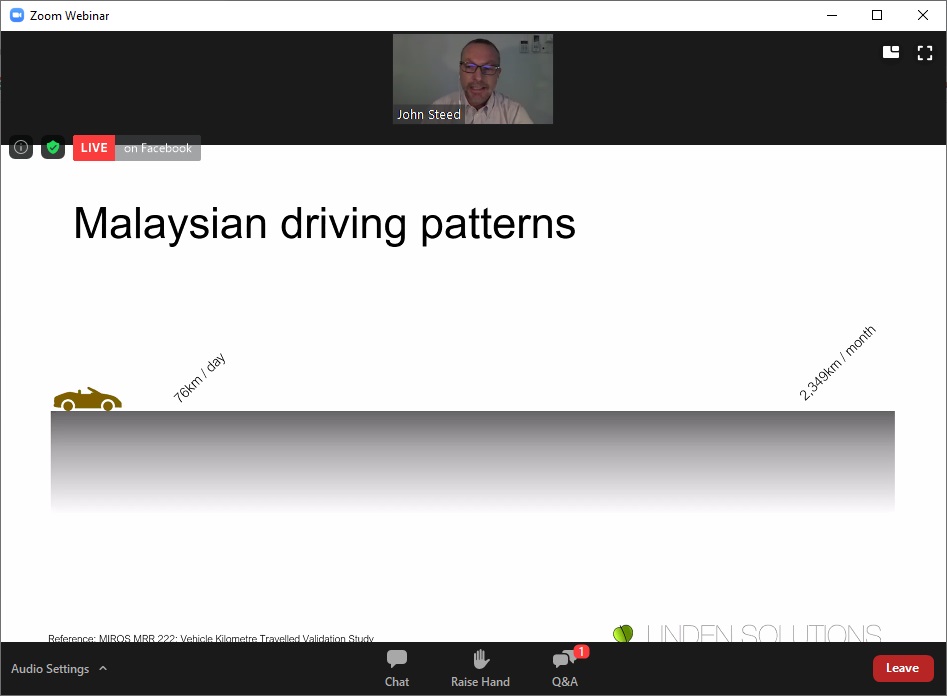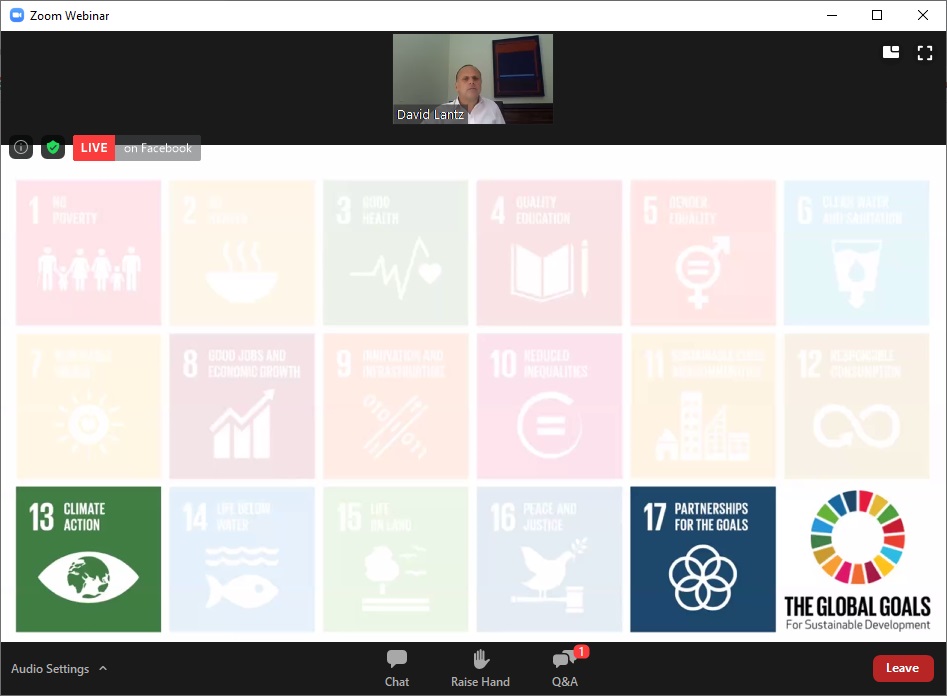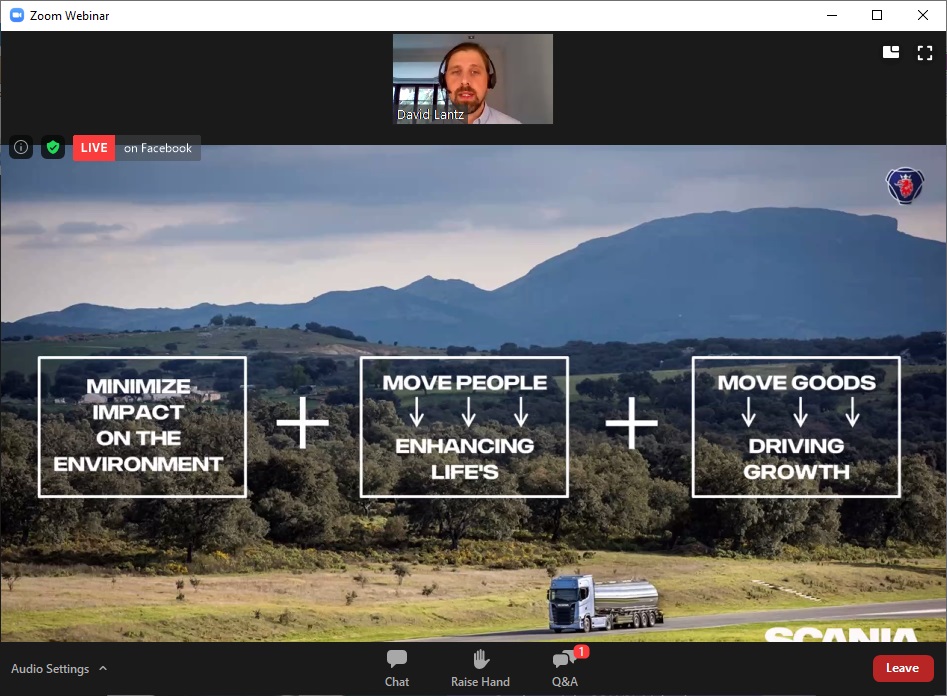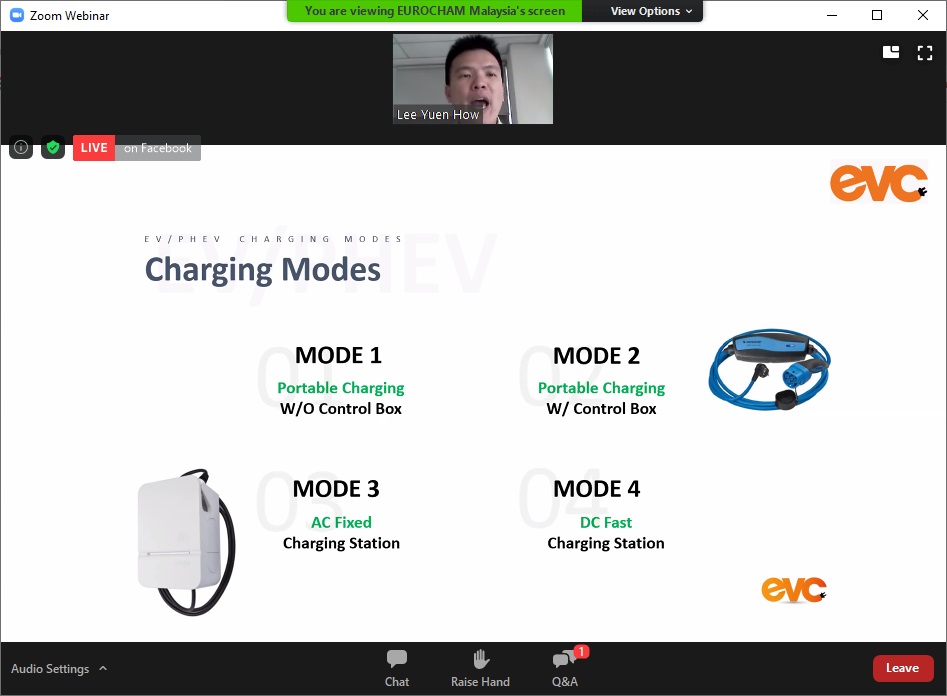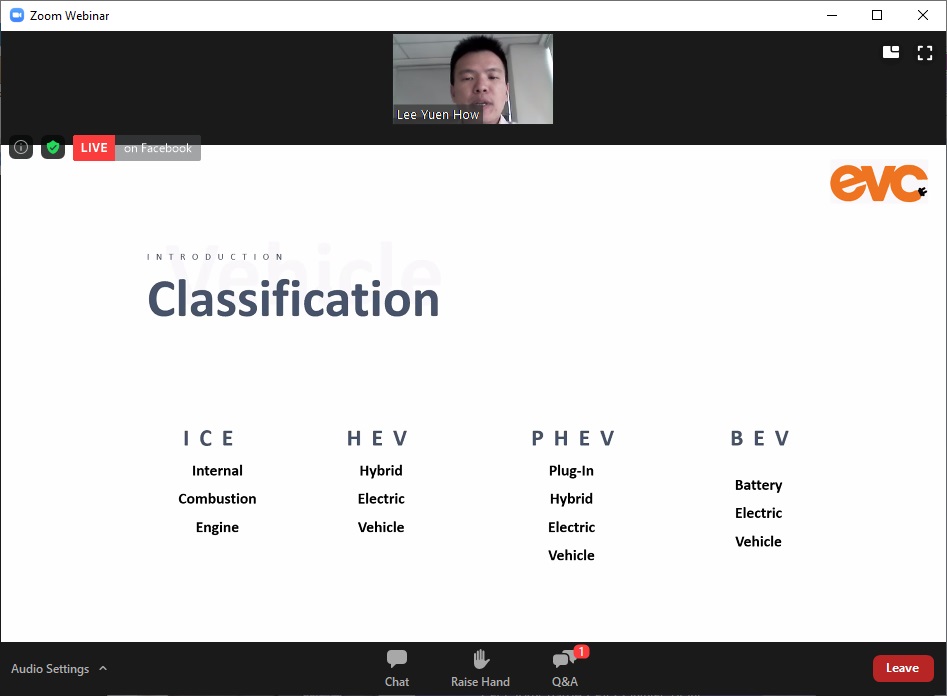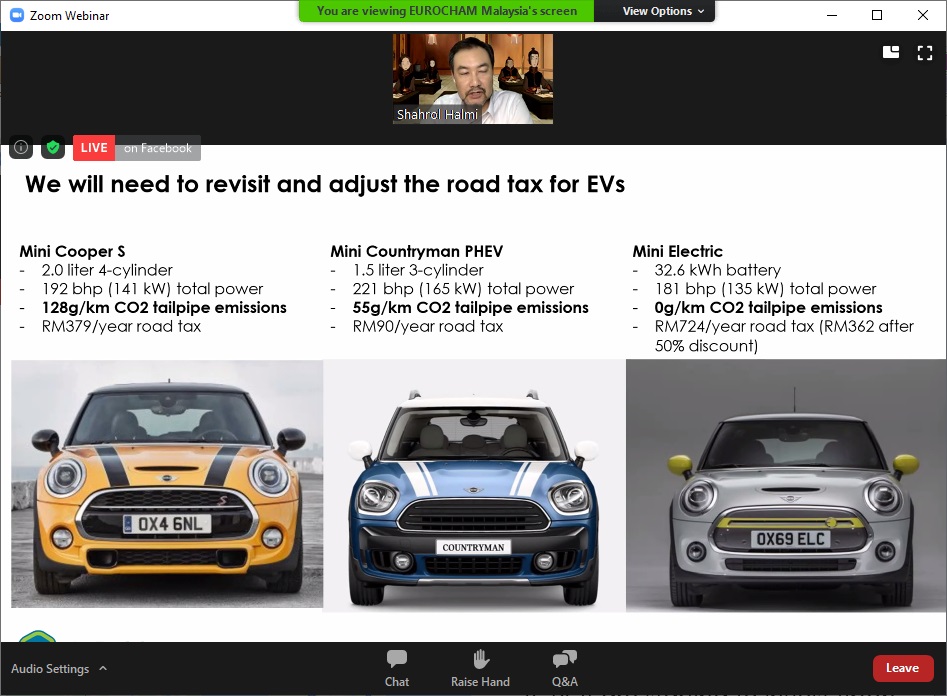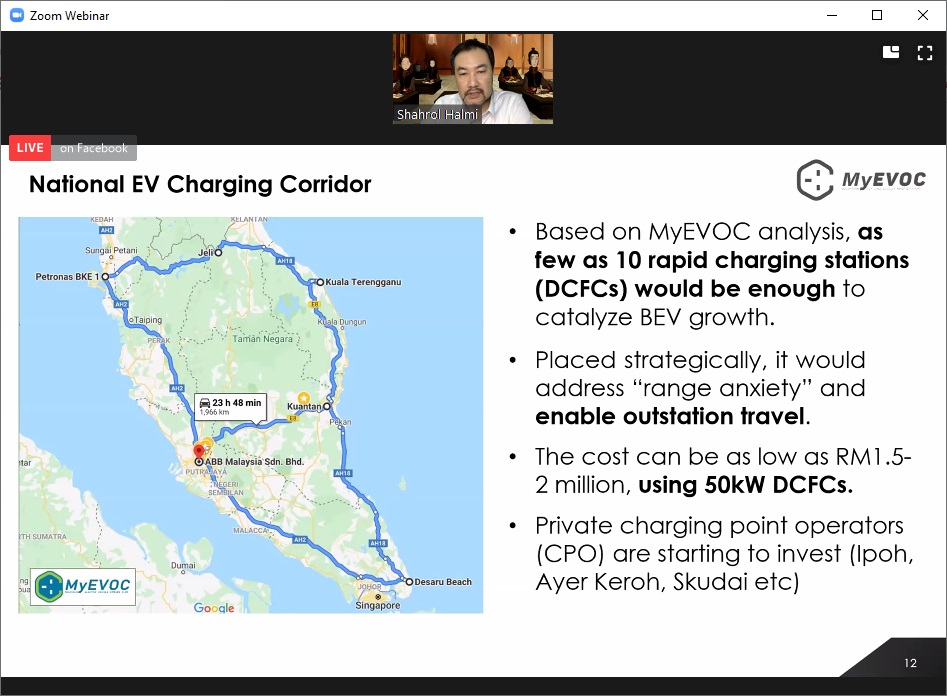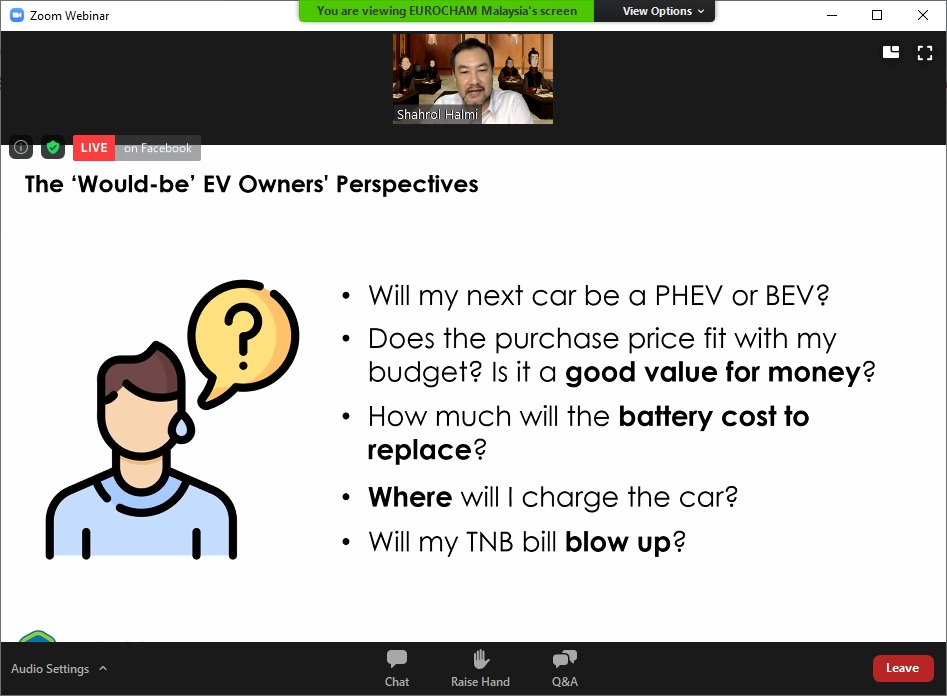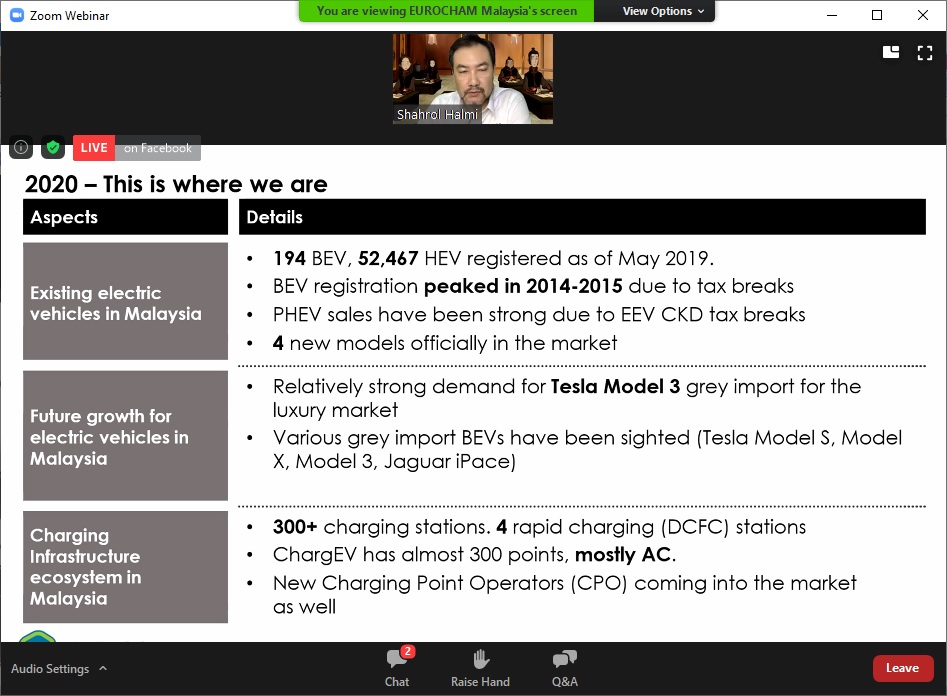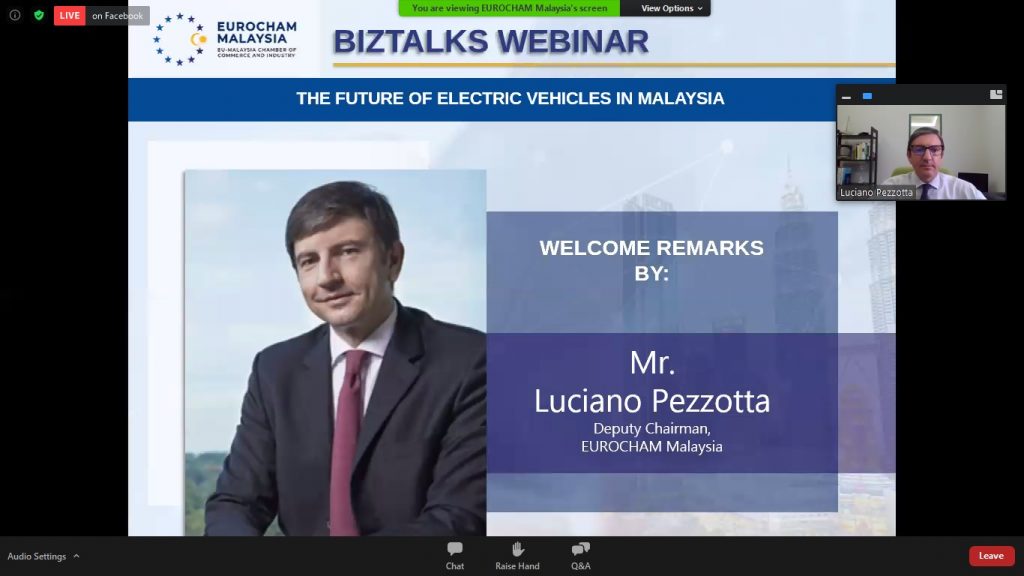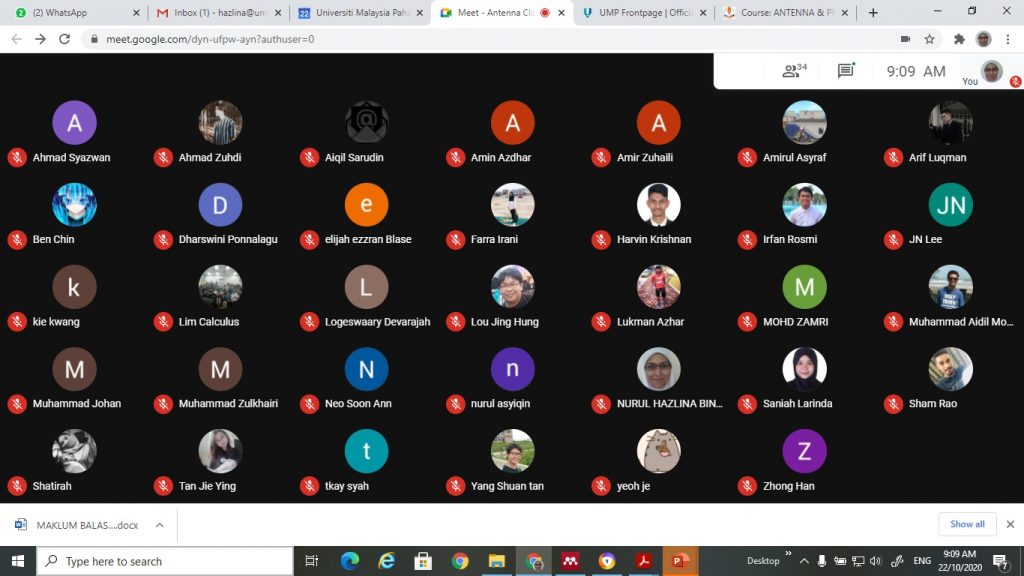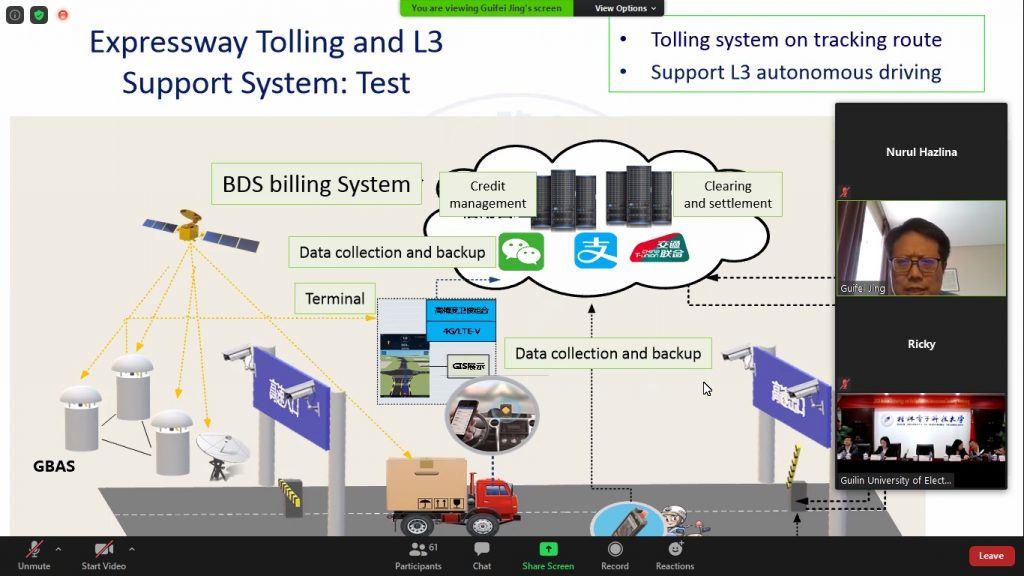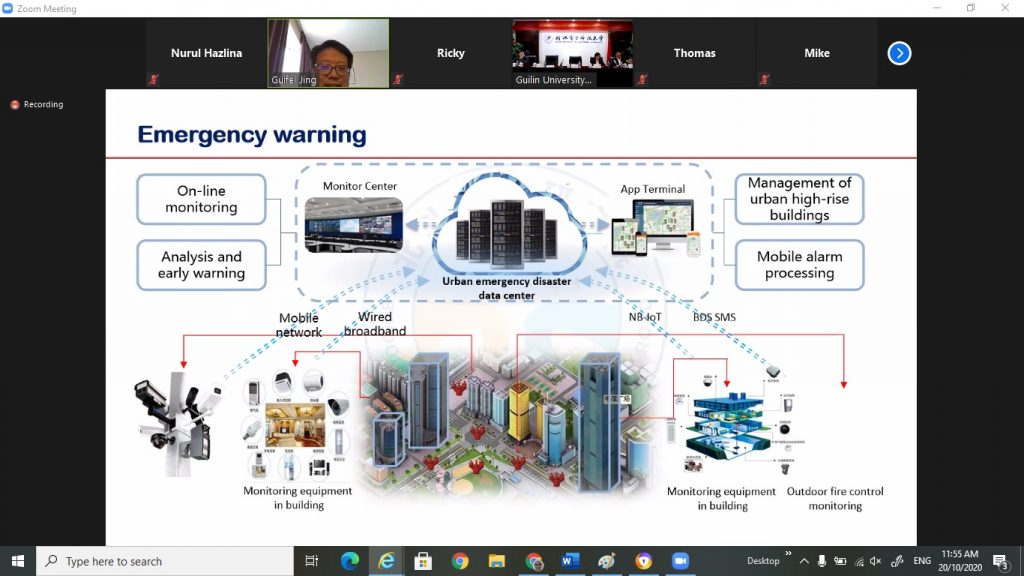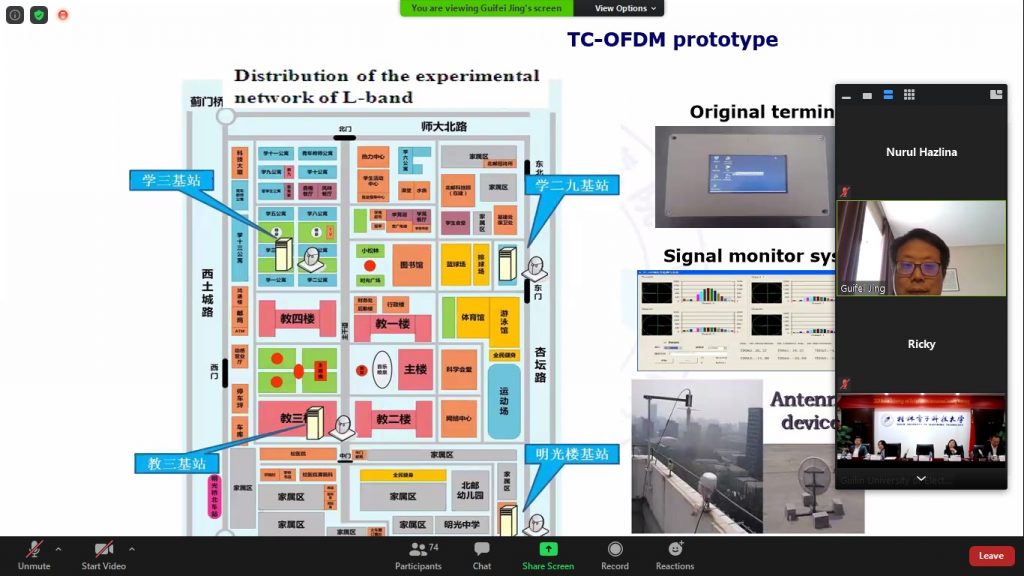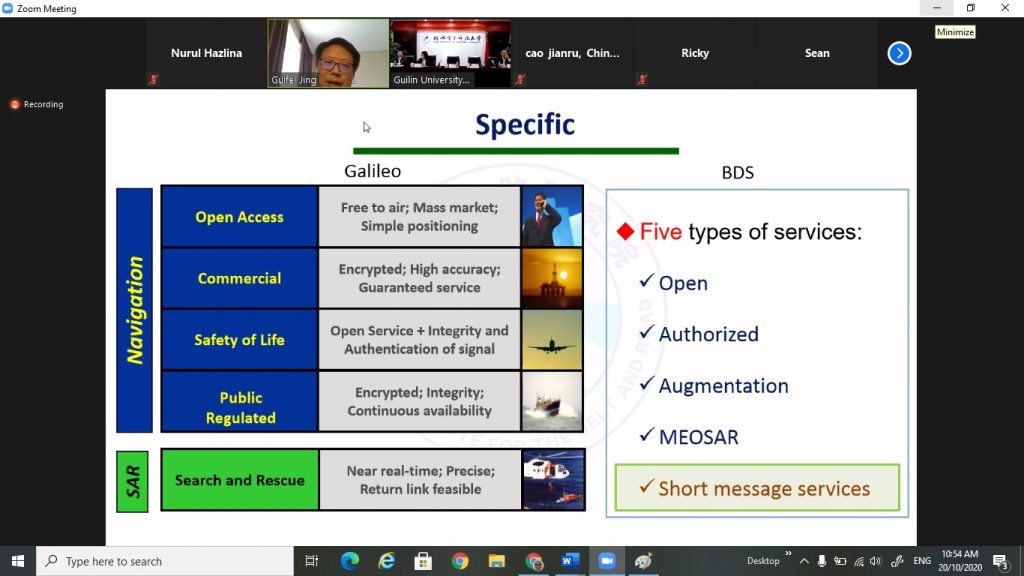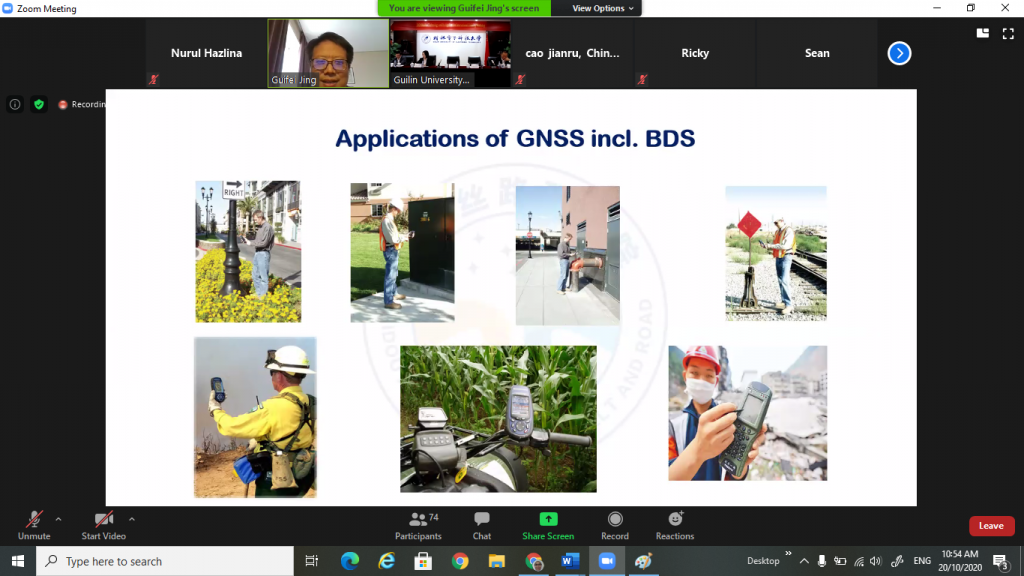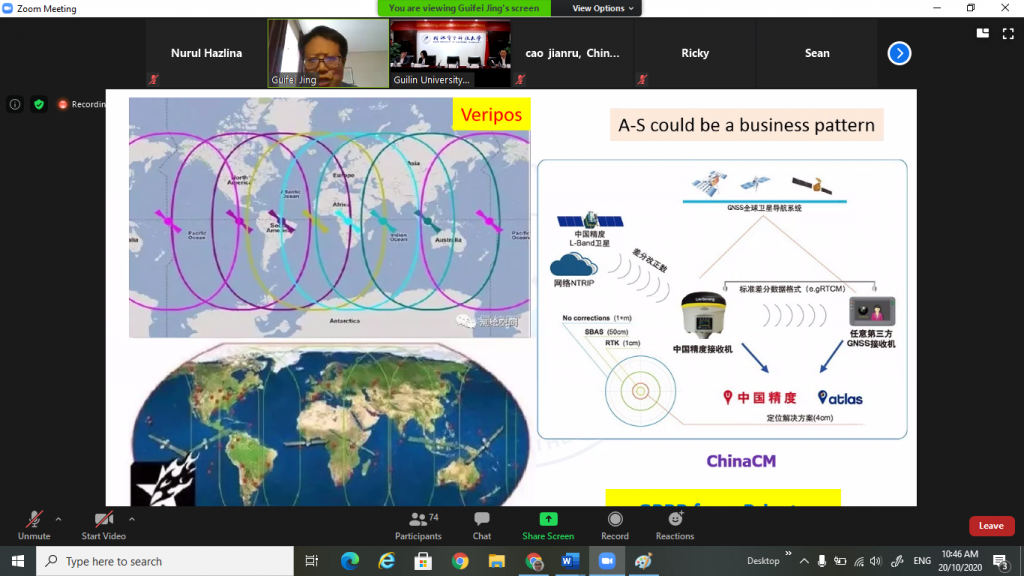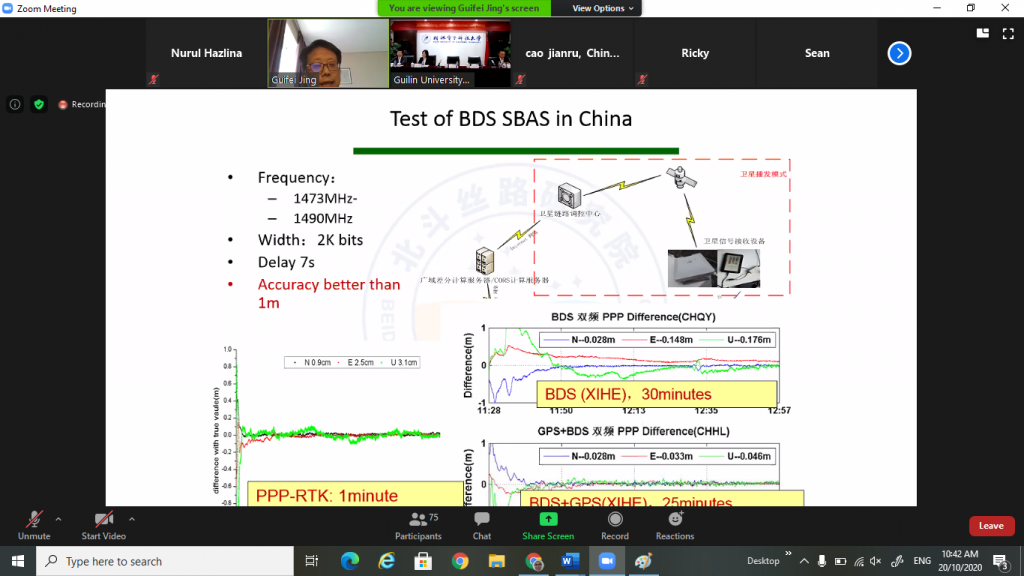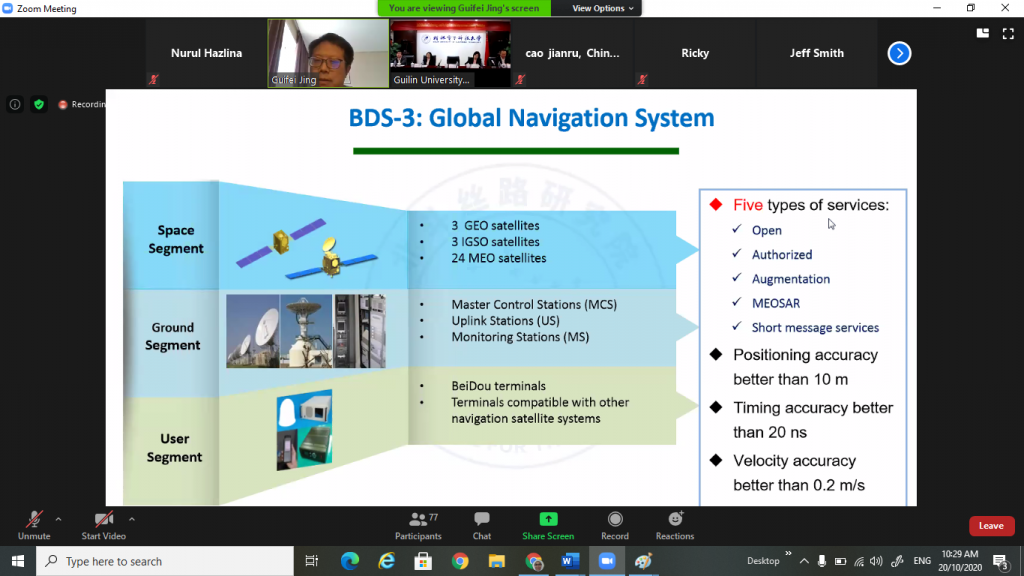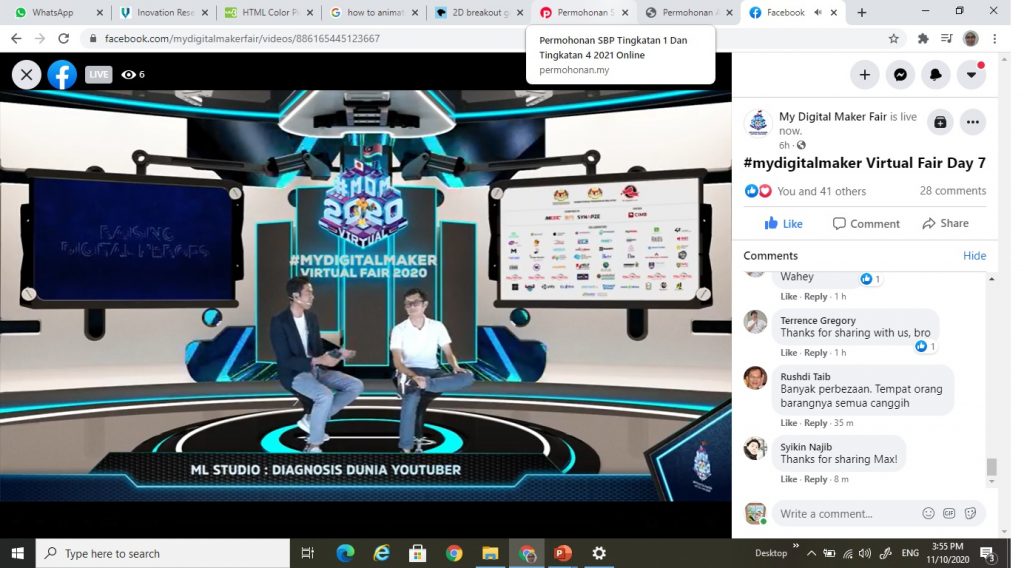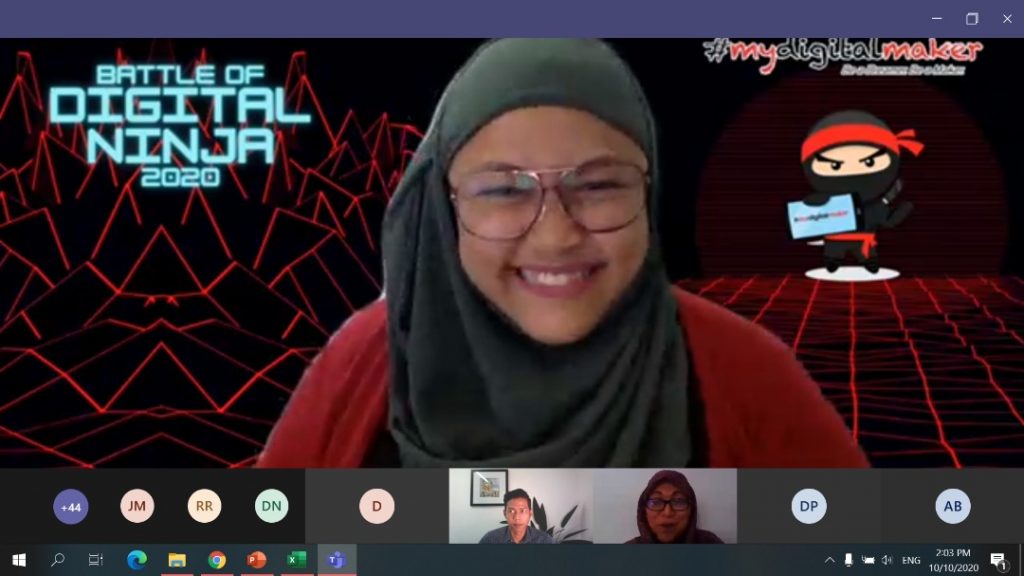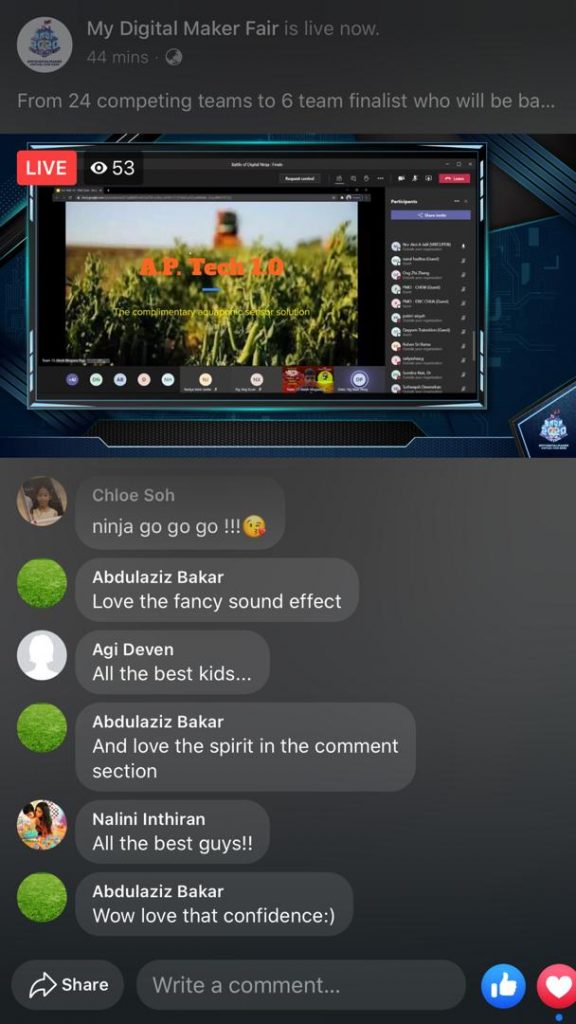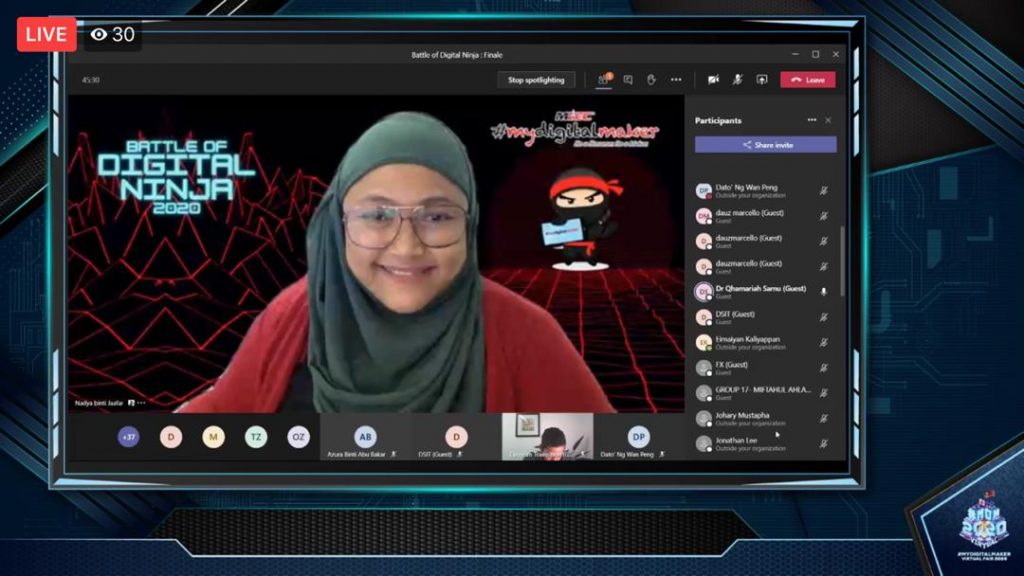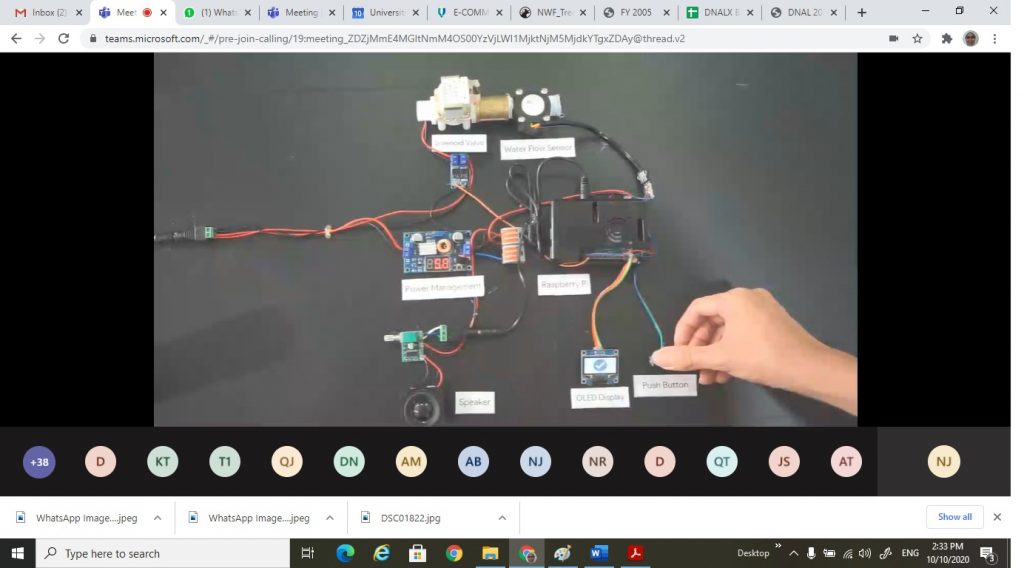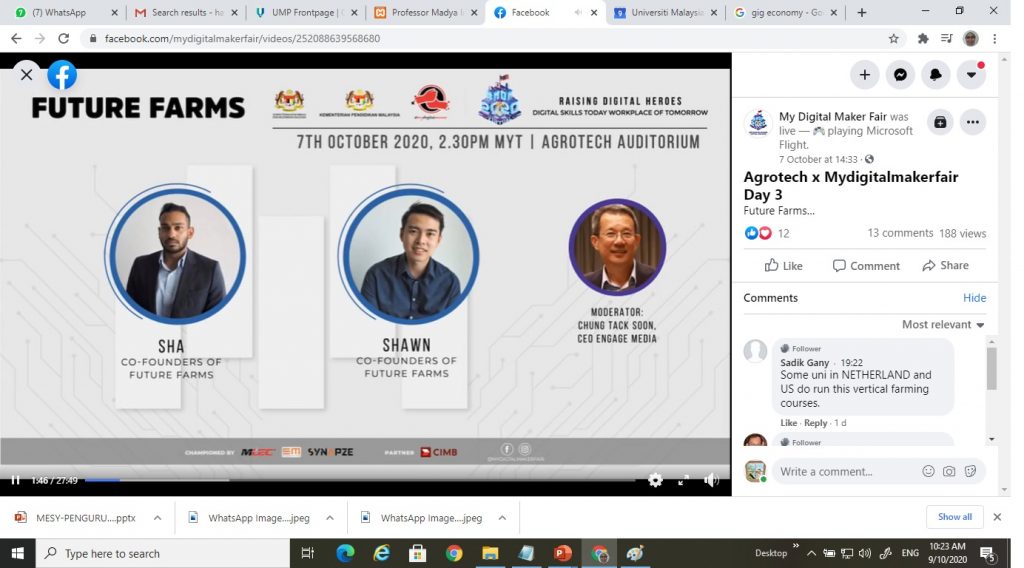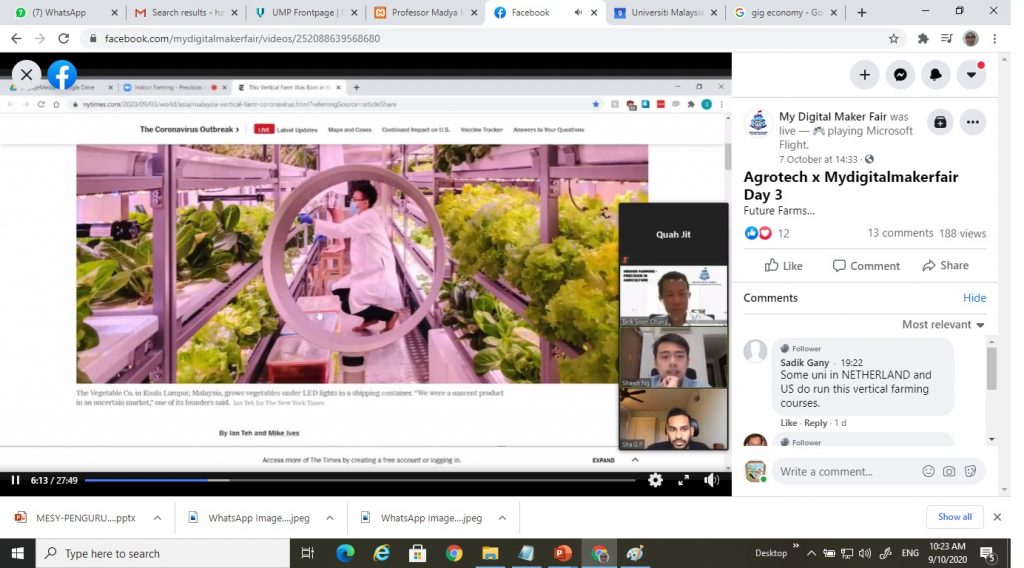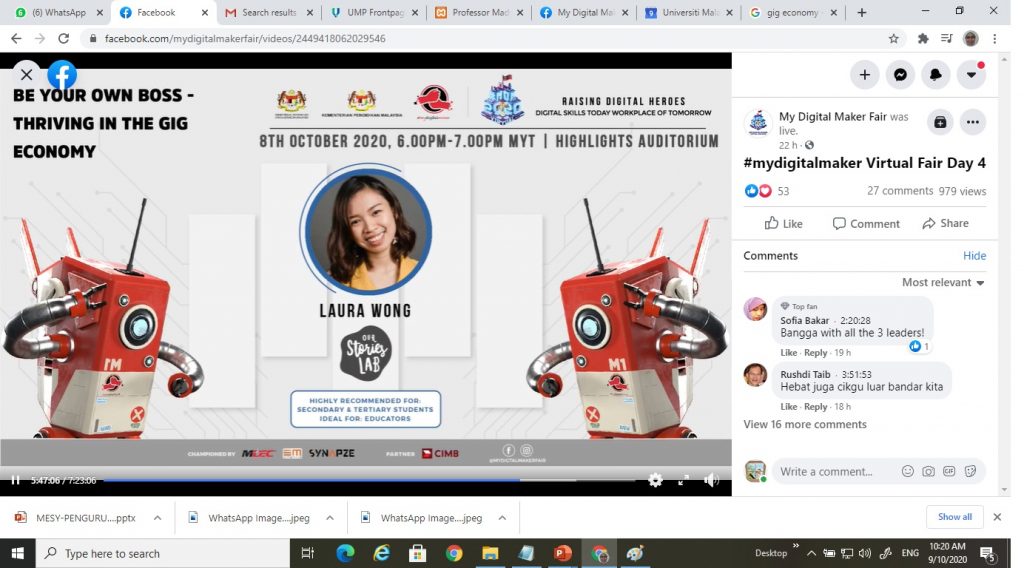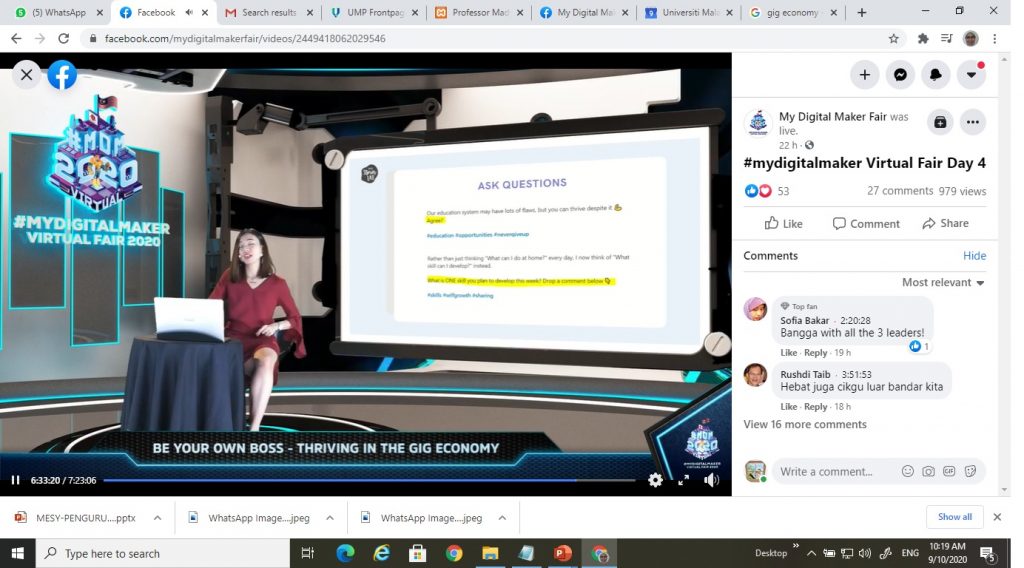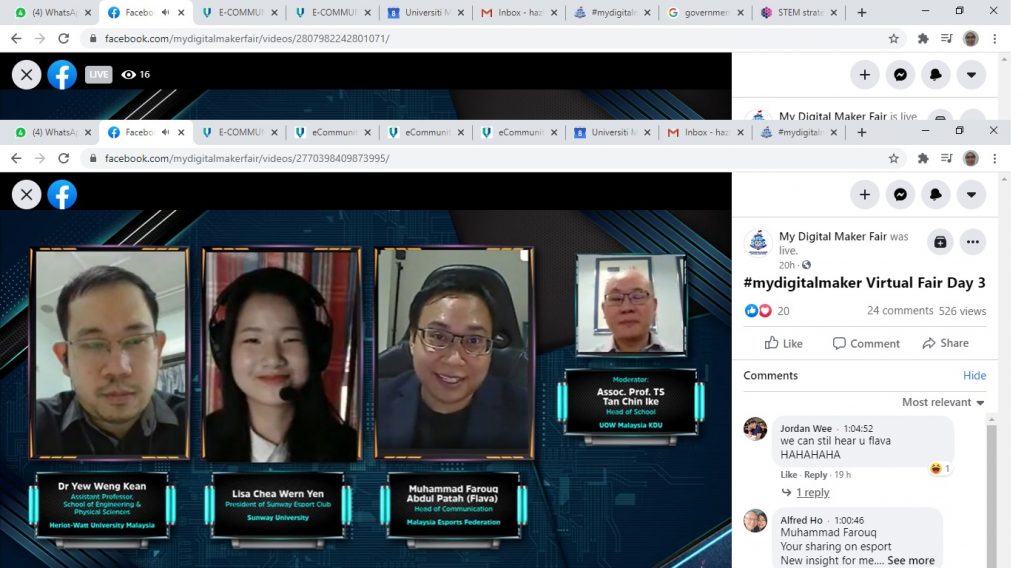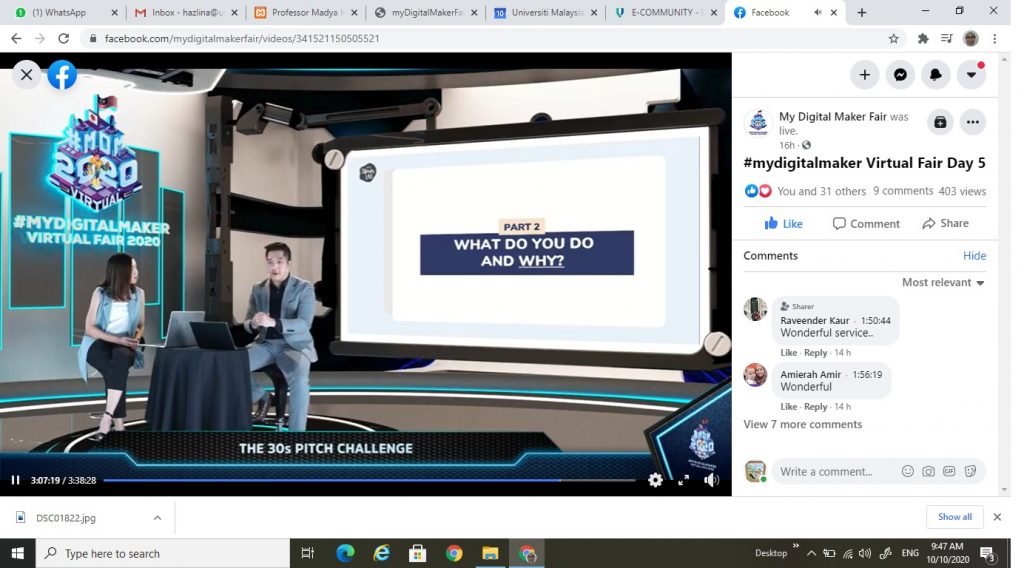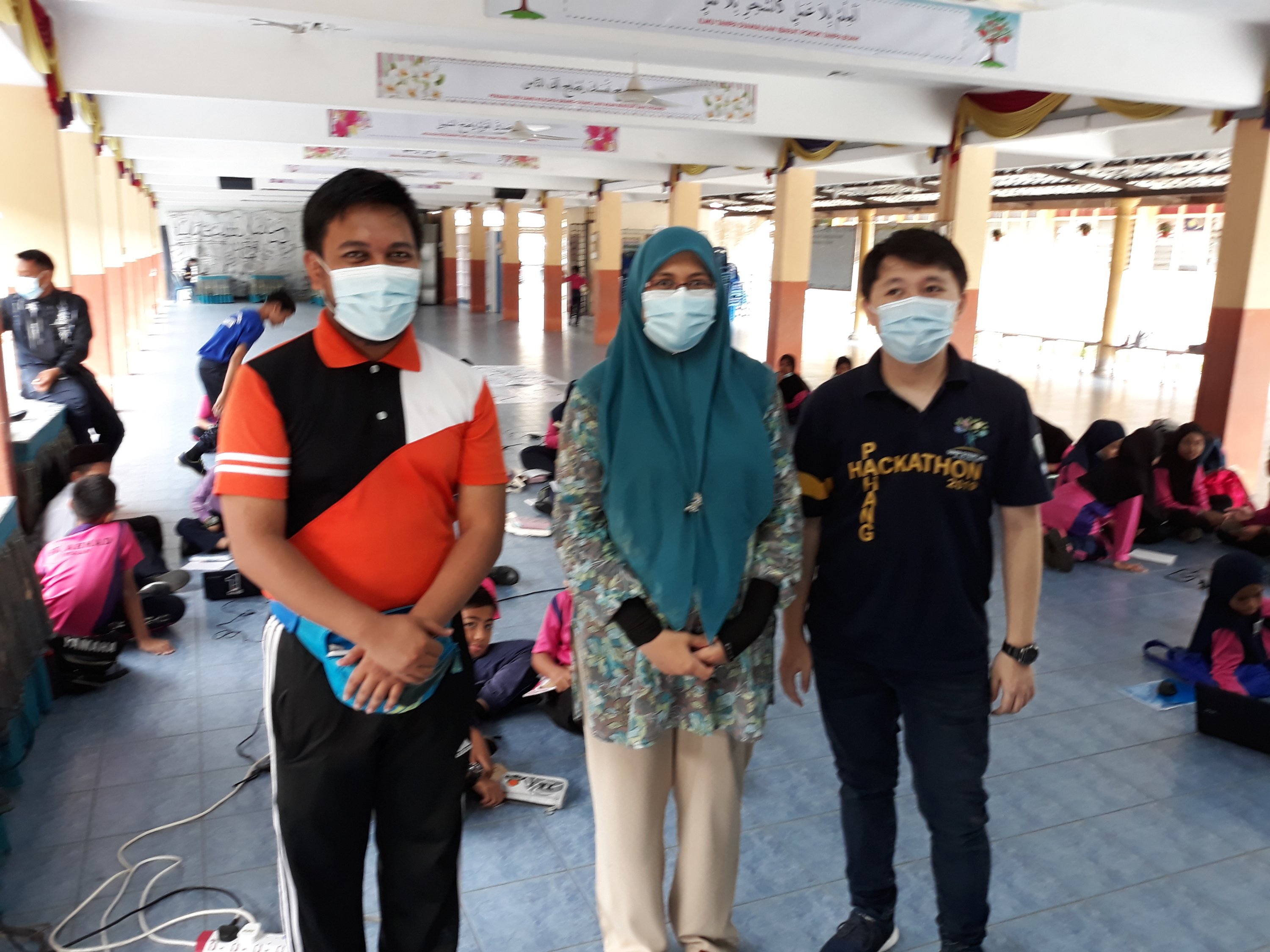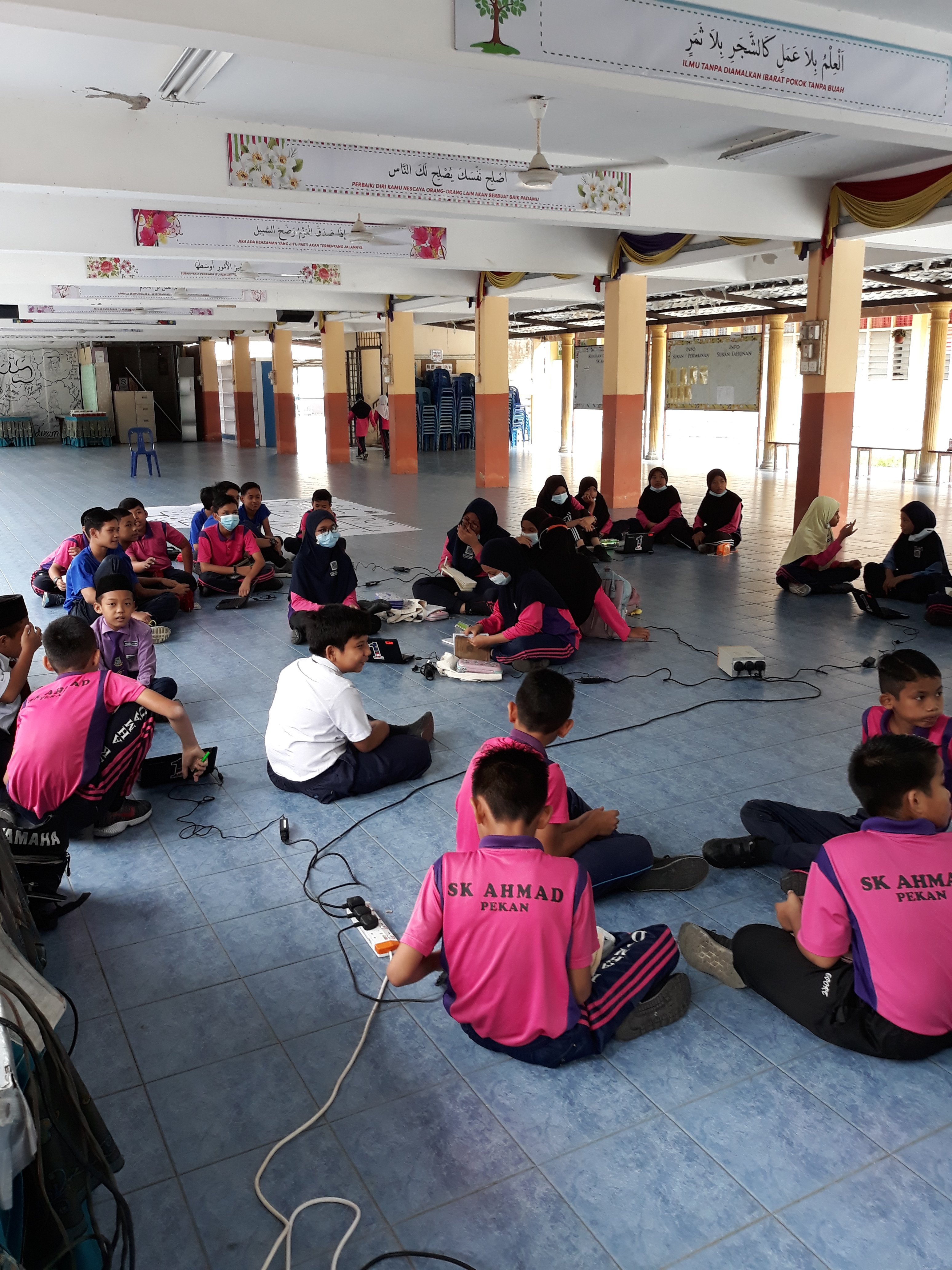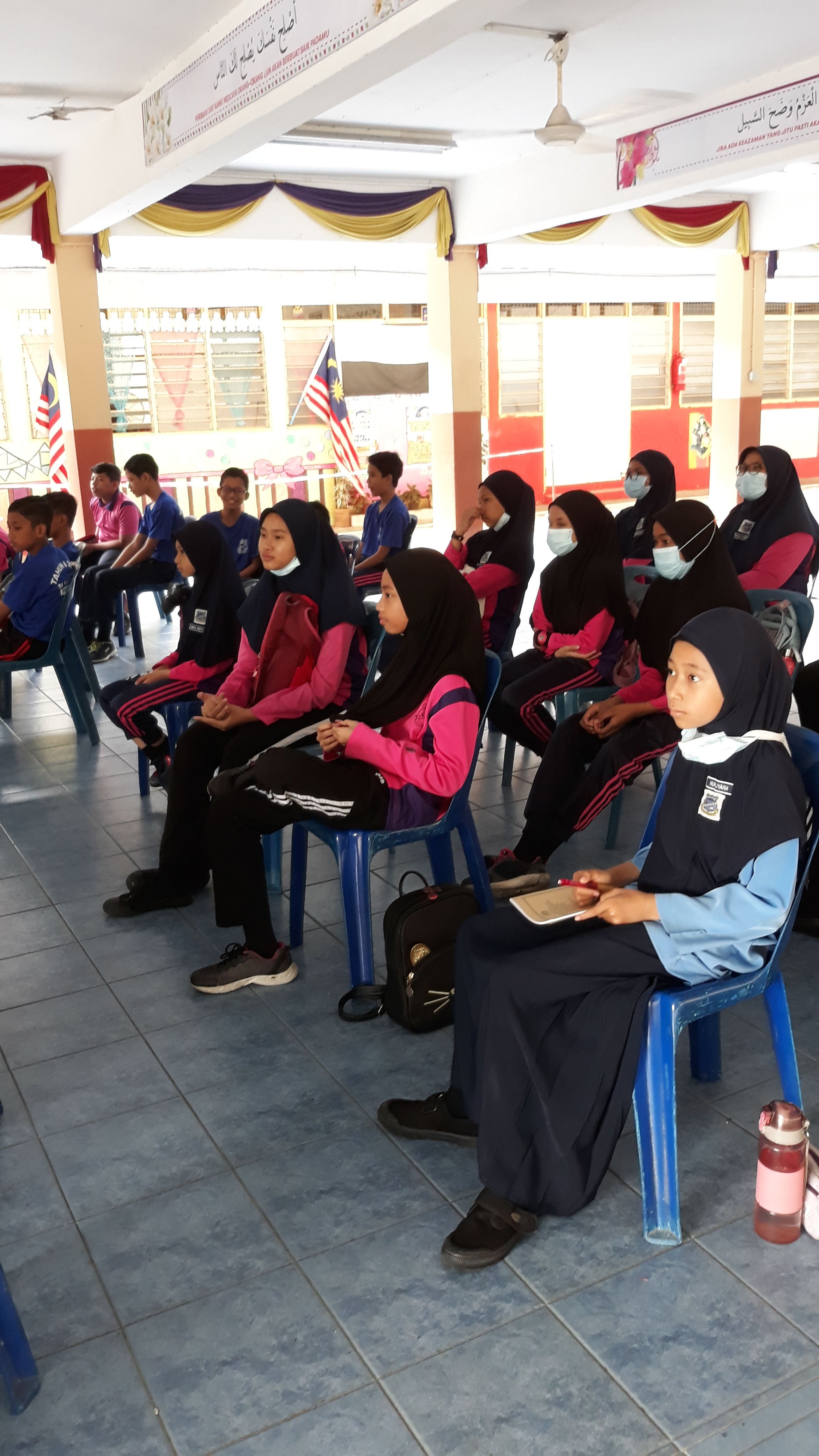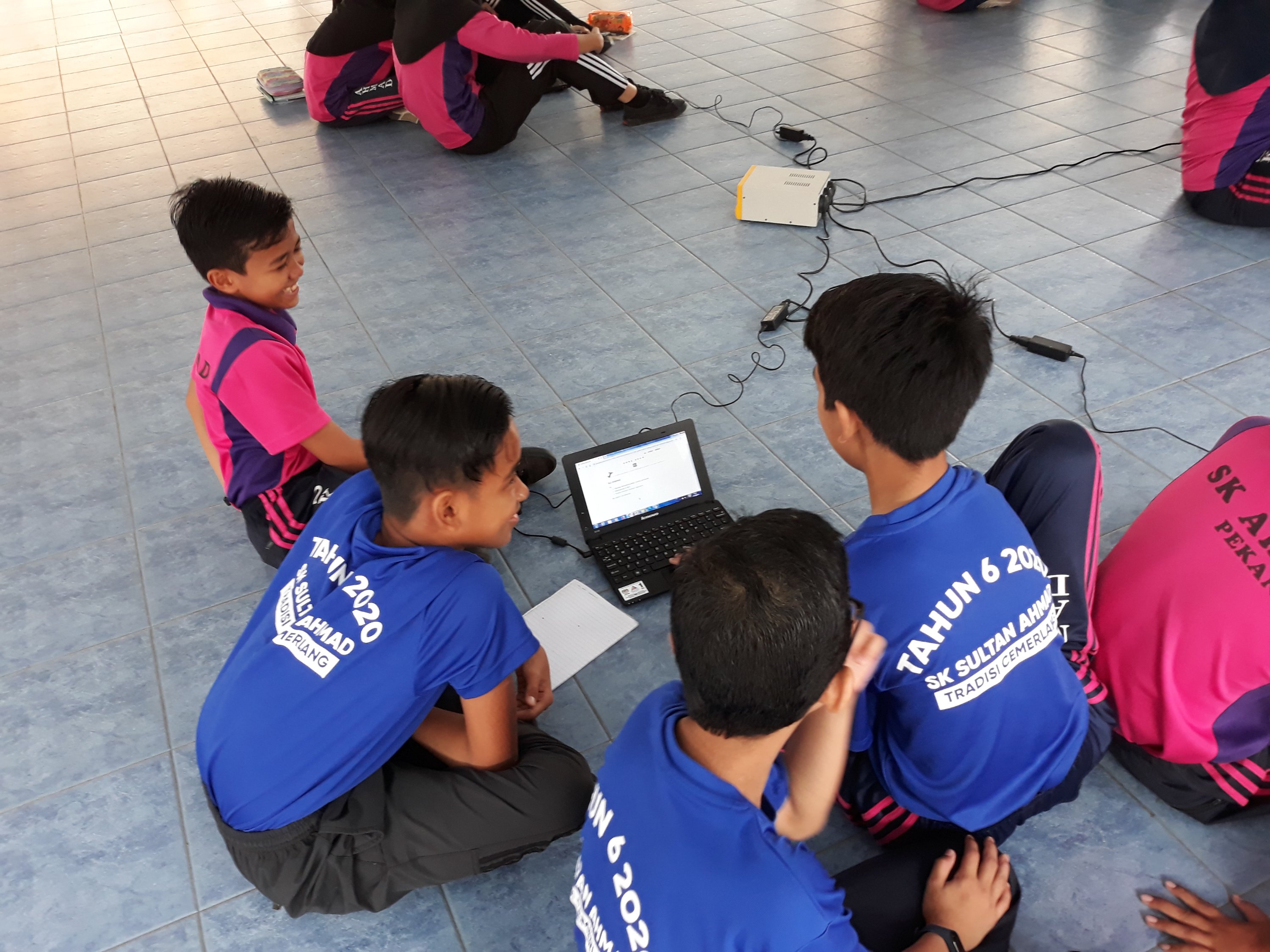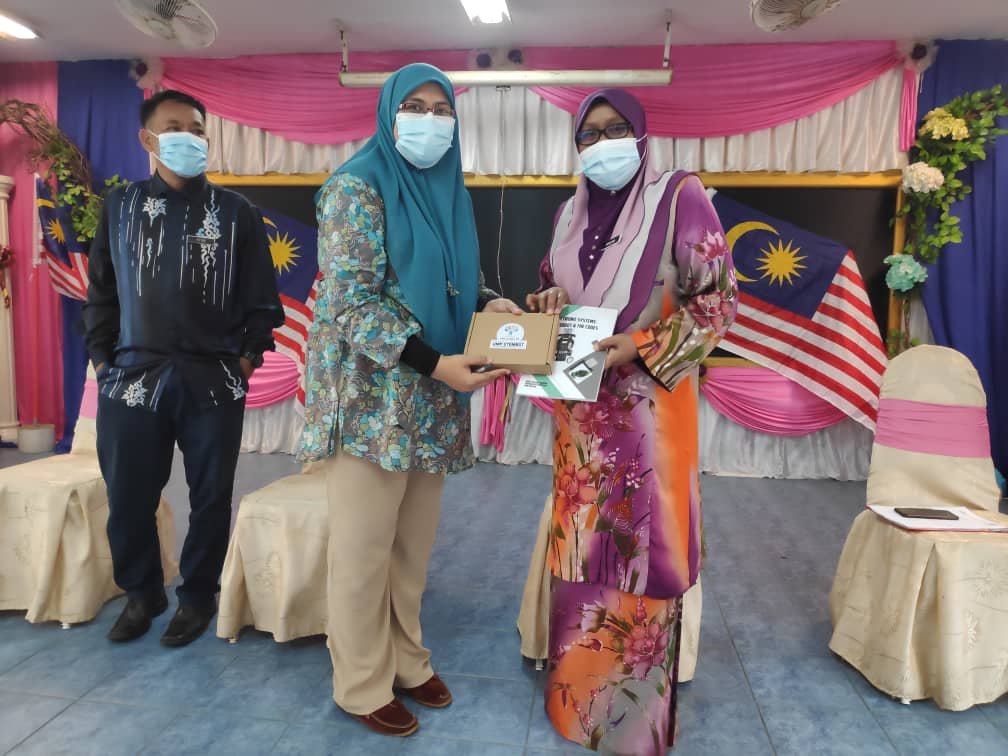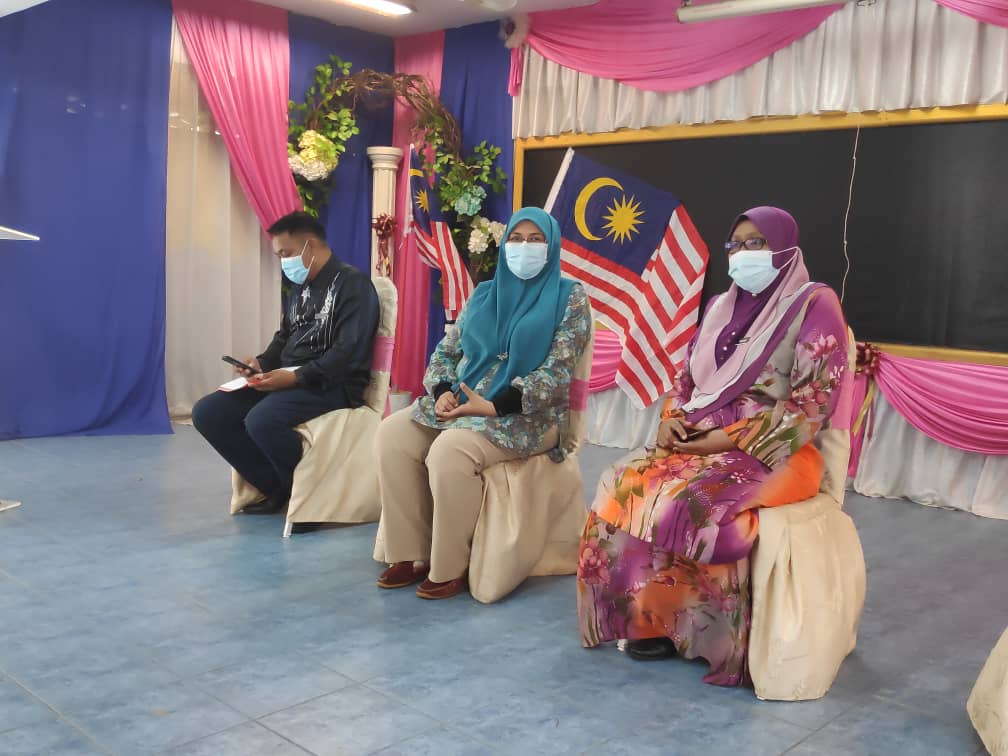Another subject that I’ll be facilitating this semester is Electronic System Design.
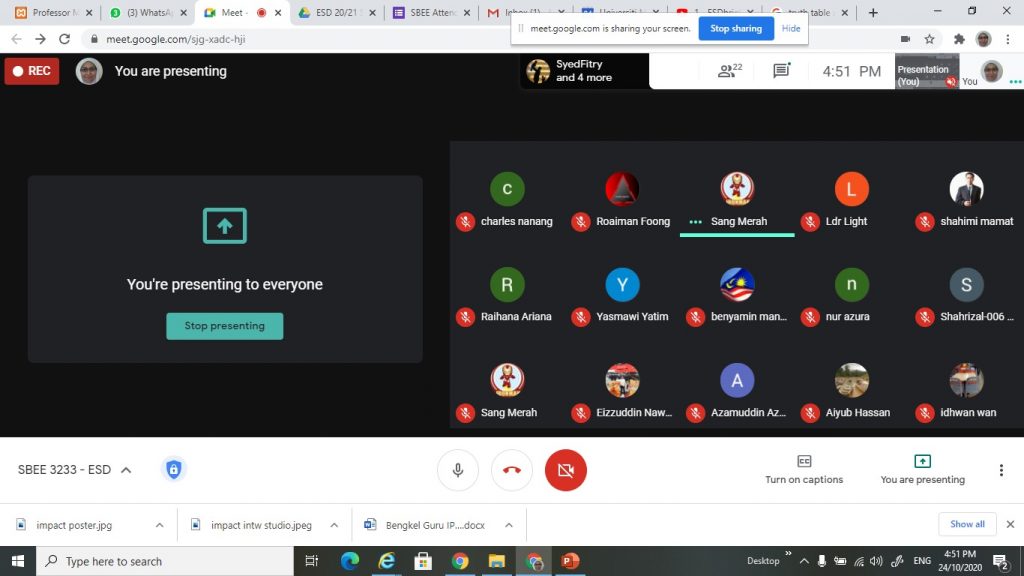
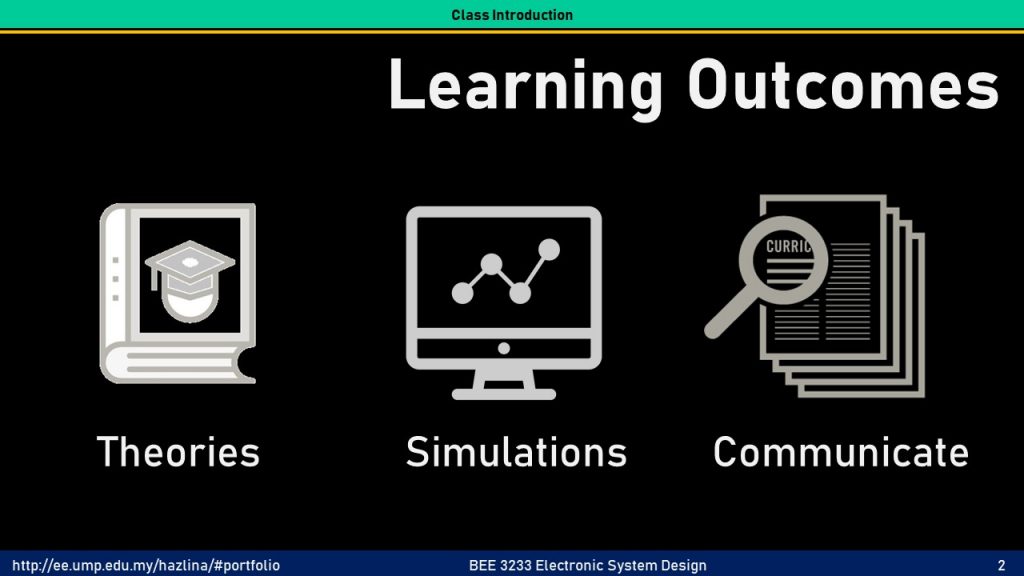
Learning outcomes of this course are as follows:-
- The first outcome is targeted into establishing a solid understanding in design concepts for digital electronics. This include being able to
- Differentiate different digital implementation technologies available – covering from programmable logic arrays, PLD, PAL and FPGAs,
- The concepts of Arithmetic Logic Units – which covers from the basic adders, carry look ahead adders and multipliers, as well as
- Finite state machines and its design techniques
- The second outcome aims in developing students ability to design, simulate and implement digital design onto an FPGA. Here, not only is the simulation ability is reflected via
- FPGA programming using Verilog language,
- Implementation of the systems onto an FPGA, as well as
- Analyze and evaluate the performance of the design experimentally
- The final outcome touches on a skills that is essential for all engineering graduates – communication both verbal and written skills.Specifically for this course, we’ll look into these two domain:-
- Review journal articles
- Convey engineering design ideas and experimental results via scientific reporting
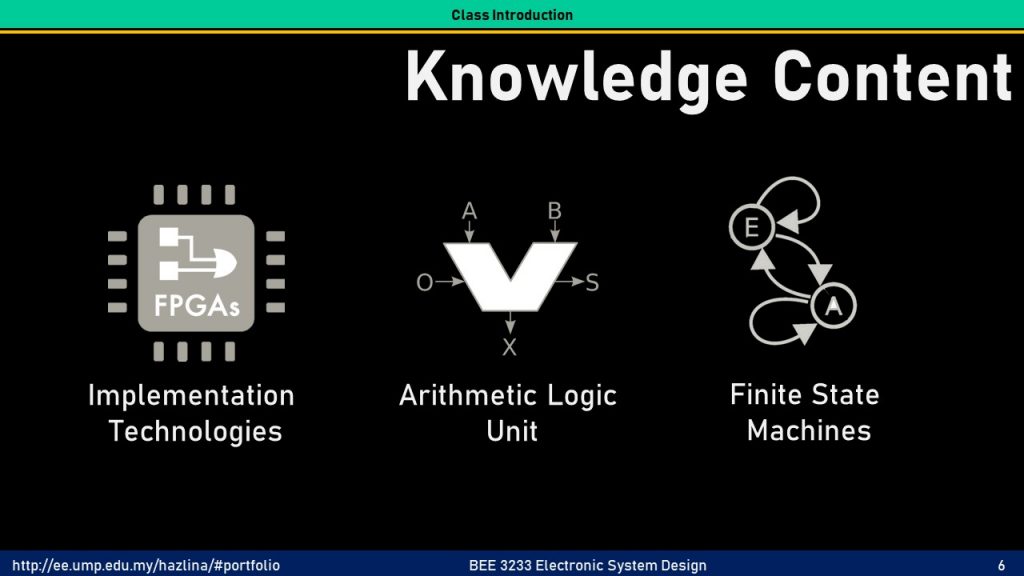
The knowledge content of this course can be charted out in these 3 main domains:-
- Implementation Technologies
- Fixed logic solutions,
- template based
- The conventional PAL, PLA and CPLD
- Look up table
- FPGA technologies
- An arithmetic logic unit (ALU) is a digital circuit used to perform arithmetic and logic operations. It represents the fundamental building block of the central processing unit (CPU) of a computer. Modern CPUs contain very powerful and complex ALUs. In this course, ALU include:-
- Adders
- Multipliers, and
- ALU
- And finally, the Finite State Machines. A finite–state machine (FSM), is basically a mathematical model of computation. It is an abstract machine that can be in exactly one of a finite number of states at any given time. Throughout the course, we will look into 3 main concepts in FSM which are:
- mealy
- moore
- mealy moore machine
